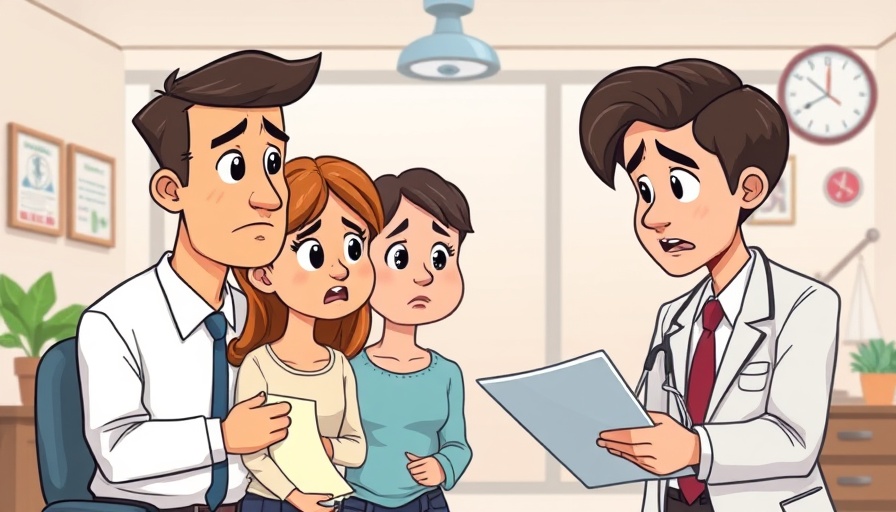
The Journey of Egg Donation: Understanding the Process
Egg donation is more than just a medical procedure; it is a transformative journey for both the donor and the recipient. For recipients struggling with infertility, health issues, or age-related challenges, this journey offers a chance to start or expand a family. For donors, it’s an opportunity to impact someone’s life profoundly. If you’re considering becoming an egg donor, familiarizing yourself with the intricacies of the process, particularly in supportive environments like those found in Colorado, is essential.
Step 1: Navigating the Application and Screening Process
The initial step in your egg donation journey begins with identifying a reputable egg donation agency or fertility clinic. Start by researching clinics that align with your values and expectations. Your journey kicks off with an application, probing into your medical history, lifestyle choices, and personal details. This crucial step ensures that your health is suitable for donation and that your eggs meet the desired quality for future use.
Clinics dive deep into your family’s medical background to uncover any hereditary issues that could potentially affect your eggs. This information is vital for the clinic to ascertain both the safety of the donation process and the health of future offspring.
Step 2: Comprehensive Medical Evaluation
Once your application is approved, the next phase entails rigorous screening through extensive medical evaluations, including physical exams, blood tests, and genetic screening to evaluate your hormone levels and overall reproductive health.
It is also essential to undergo a psychological assessment to confirm that egg donation is the right choice for you emotionally. Many clinics offer counseling services to help navigate the psychological dimensions of this journey, reinforcing the importance of mental readiness in the decision-making process.
Step 3: Hormonal Stimulation and Monitoring
Upon clearing the evaluations, you will initiate hormonal stimulation, a critical step that prepares your body for donation. Through a series of hormonal injections, your body is encouraged to produce multiple eggs instead of the single egg released during a regular menstrual cycle.
During this period, regular visits to the clinic for ultrasounds and blood tests become pivotal. These assessments will monitor the development of the eggs while allowing healthcare providers to adjust medication dosages as necessary. This monitoring is vital for ensuring a safe and effective egg retrieval process.
The Overall Impact of Egg Donation
Choosing to become an egg donor not only fulfills a personal desire to help others but also fosters a connection between you and the future family you assist. The emotional and altruistic rewards can be profound, offering satisfaction in knowing your contribution may help bring joy to those yearning for a child.
Conclusion: Empower Yourself with Knowledge
As you consider the path of egg donation, understanding the entire process is essential. It empowers you to make an informed decision, navigate potential challenges, and prepare for the unique journey ahead. If you want to make a meaningful impact in someone's life, becoming an egg donor could be an excellent choice.
For those interested in further exploring the facets of egg donation and how they can contribute positively to another family’s life, engage with local clinics for information sessions and personal testimonials. Your journey could change lives.
 Add Row
Add Row  Add
Add 




Write A Comment